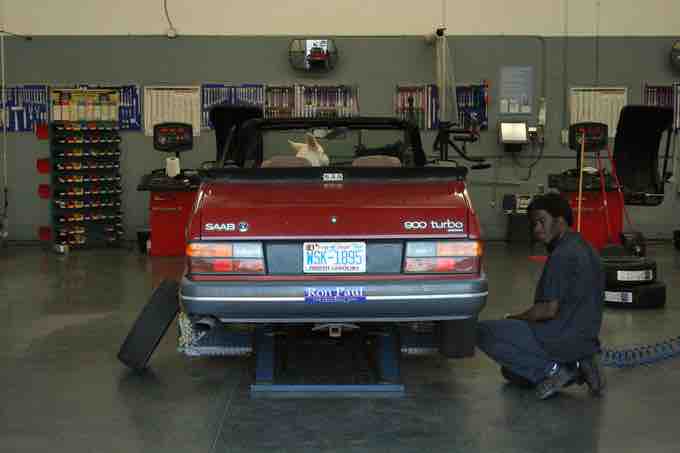Reporting Contingencies
Loss Contingencies and Liabilities
Contingencies are reported as liabilities on the balance sheet and/or disclosed in the notes to the financial statements when it is probable they will incur a loss and when the loss can be reasonably estimated.
Probability
Probable is defined as more than 50% likely to occur due to a past obligation. The past obligating event defines a future payment event as a payment due on a specific date from the company, who is linked to an obligating event by a specific agreement.
Loss Contingency
A loss contingency is not reported if:
- A loss contingency is less than 50% likely to occur due to a past obligation.
- The amount of the loss can not be reliably measured or estimated.
Gain Contingency
Gain contingencies are reported on the income statement when they are realized (earned).

Funds may be lost due to contingent liabilities.
Conservative accounting principles state that companies should report loss contingencies as they occur.
Estimating a Loss Contingency
Reliability
A probable loss contingency can be measured reliably if it can be estimated based on historical information. For example, to accrue a provision for product warranty costs, assume that minor repairs cost 5% of the total product sales and an estimated 5% of products may require minor repairs within 1 year of sale. Major repairs cost 20% and 1% of products may require major repairs in 3 years.

Car Repairs
Cars require regular maintenance. Such contingent liabilities can be estimated reliably based on historical cost and readily available information.
Provision Estimation
The provision is calculated by multiplying 5% of total product cost by 5% of products needing minor repair and then adding 20% of cost for major repair, multiplied by 1% of products needing major repair.
5% x 5% + 20 % x 1% (of budgeted total sales)
A warranty expense is debited for the provision amount that will offset product sales revenue in the income statement and a credit is posted to warranty provision liability. The amount for repairs occurring in year one is reported in the current liability section of the balance sheet; the portion relating to major repairs in three years is disclosed as long-term liability. As the warranty claims are made, the liability account is debited and cash is credited for the cost of the repair. The long-term liability warranty provision is moved to the current liability section in the accounting period occurring three years after the product sale.